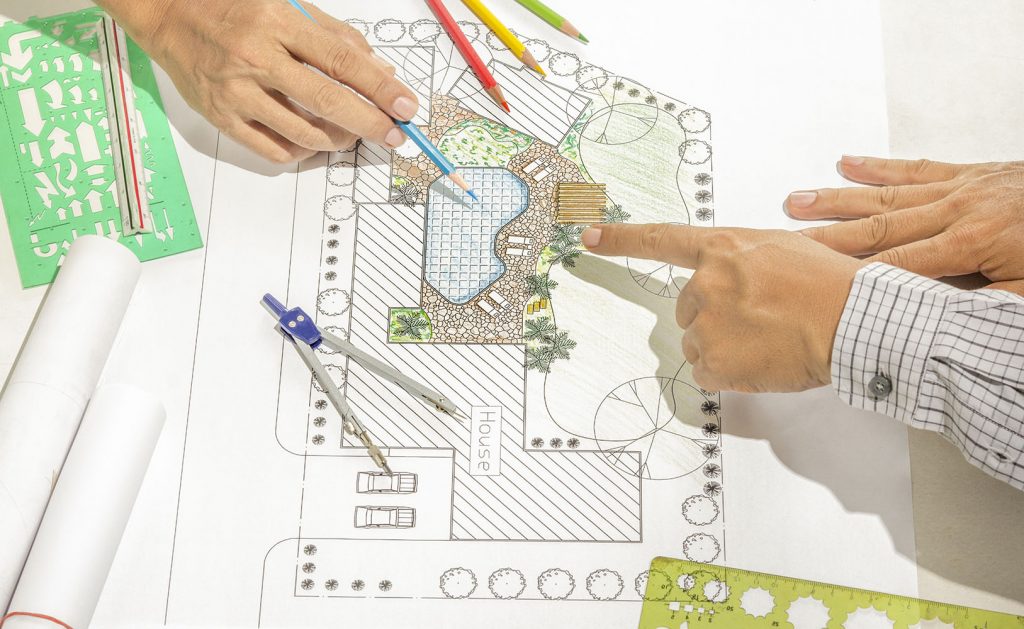How to Rezone Land – Property & Real Estate Development
Have you found the perfect property, but the zoning isn’t quite right for your project? Maybe you’ve found a property that interests you, but you’re not sure what the zoning currently is. Let’s go over how you can find out what the current zoning is for that land, some steps on how to rezone land, and some things to watch out for along the way.
How do I Find Out what a property is zoned for?
You will need to start at your local zoning office or city hall. Many larger communities will be likely to offer this information online, so you should log on before you leave home! If you need a hard copy direct from the office, there may be a small cost involved for printing. Property zoning is a public record, so you can access the zone for any property in your region.
Once you have discovered the zone type assigned to the property, you can read further information about the zoning definitions for your municipality by looking the zone type up in the latest zoning bylaw / zoning ordinance release. A use index will give you a list of business or property use types, and which zones will permit that operation. Other regions will have similar information available, whether online, or from their offices. This information will let you know if the type of building you’d like to construct will meet zoning regulations. If it doesn’t, you will either need to apply to change to property zone type, or you will need to apply for a change to the regulations for the zone.
Key Zoning Resources – City of Nanaimo:
What is the Rezoning Application Process?
In order to rezone, you will need to start with a standard application package for your region. This package will include property information, as well as a rationale for your rezoning request. Additional site assessments (geo-technical, archaeological) may be needed, depending on the property. Your zoning office should inform you of any additional requirements. You will also likely need to install signage on the property, indicating the rezoning application details.
Your application will be reviewed by one or more committees or your local council. If it makes it through the initial approval stage, you will move on to a public hearing date. Hearing information needs to be posted on your signage, and will provide an opportunity for neighbours or anyone else with concerns about the rezone to voice their opinions. If your application is approved after the public hearing, you will move on to legal documentation, and from that point, your application will typically be finalized by the committee or council.
The timeline for this process can vary from region to region. The City of Nanaimo estimates 6-8 months, depending on the complexity of your application.
What Could Cause Me To Not Be Approved?
Here are four main reasons why your rezoning application may not be approved:
- If your rezoning application does not follow the Official Community Plan for your region, you might not be approved. However, the application process will give you the opportunity to state your rationale for why you feel the zoning should be changed.
- If your project poses environmental hazards or could be damaging to the local ecosystem, your rezoning might not be approved. This is particularly notable around waterways.
- If your project has the potential to interfere with road access or utility right of ways, it might need additional review by provincial ministries, and could be rejected.
- If your project is likely to cause negative sentiment in the local community, the public hearing may cause your application to be rejected.
How Much Does it Cost to Rezone Land?
The exact cost to rezone land depends on the complexity of your rezoning request. However, the City of Nanaimo has provided this list of things you can expect to spend money on during the rezoning process:
- Assembling the application submission requirements (plans & supporting documents)
- Rezoning application fee ($500 – $1500)
- Installation and updating of on-site signage
- Revising plans and supporting documents, if necessary
- Public Hearing fee (cost of newspaper advertising)
- Preparation of legal documents, if necessary
- Securing letters of credit/bonding, if necessary
- Community amenity contributions
This process may seem intimidating to those considering a build. The good news is, if you are working with a qualified builder, your Nanaimo home builder team will help you complete this process. At Westmark Construction, our Nanaimo general contractor team has helped a number of clients work their way through the rezoning process.



